Robert McCready could feel the tension lifting from his shoulders as he put on his indicator, slowed down and then cautiously exited the A9.
The Stonehaven man and his wife Elizabeth had avoided using the notorious road for decades.
And for good reason.
They had booked a trip to Fort William and were looking forward to it.
But as the break neared, the prospect of a short journey along the A9 was making them nervous.
They could only really begin to enjoy the holiday once that part was over.
“I was extra focused driving on that road that day,” Robert said.
“You can still definitely see how people could think ‘am I on a dual or single carriageway?’
“And then make the wrong decision.”
A9 statistics are not just numbers, they’re windows into grief, loss and sadness
Anyone familiar with the north of Scotland knows about the A9’s reputation.
That reputation is borne out of a shocking set of statistics that regularly see it branded Scotland’s deadliest road.
Those statistics have been discussed for such a long time that we have almost become used to them.
But behind each of them is a tragedy.
A family devastated by the loss of a cherished mother, father, daughter, son, brother or sister.
The reason Robert avoided the A9 for years is because he knows exactly how that feels.
His sister, Carole McLay, was a regular visitor to the Highlands.
A member of the Strathspey Railway Club, she and her husband Rob would often head north from their home in Glasgow and spend time refurbishing some of the old carriages.
By the early noughties, Carole was studying for a geology degree at the University of Glasgow.
And on May 18, 2001, the course sent two minibuses of eager students to the Inverness area to study ferns.
Unfortunately, they never arrived.
Three miles south of Drumochter, a Land Rover collided with the group’s first minibus.
Carole and three others lost their lives.
She was 55 years old.
A warm, kind person who was ahead of her time
In many ways, Carole was ahead of her time.
Her unwavering determination to have a positive impact on the environment would seem far more common in 2023.
But in the 1990s, she stood out as wonderfully eccentric.
Although her family knew they’d need extra layers if they were visiting the Glasgow home she shared with her husband, the warmth from their personalities more than made up for it.
After working as a lab technician in Glasgow University’s veterinary hospital for many years, Carole fulfilled a long-held dream when she changed course and embarked upon her geology degree.
Sadly, she never had the opportunity to finish it.
Alongside her work, she was a keen lover of animals. Her soft spot for stray cats meant home was never quiet.
Her sister-in-law Elizabeth McCready said: “Carole was very interested in saving the world decades ago.
“The central heating was never on their house whenever we went to visit. You’d have a fleece on and there would still be drips on the end of your nose.
“But she was such a warm, kind person. Everyone still misses her dearly, it wasn’t fair.
“She should have been at the start of a new phase she could enjoy, but that part of her life was just taken away.”
How many others have been scarred by A9 dualling turmoil?
Robert was required to identify his sister in Ninewells Hospital in Dundee, just hours after the accident.
They had been close and especially as she was nine years older than him, he grew up looking up to her.
A lot of time has passed since then but the pain of losing Carole still feels raw.
All these years later, Robert – who is now 69 – still thinks about it.
He said: “I would have thought that by the time it got to being more than 20 years later, I would have stopped being so emotionally upset about it.
“But that’s not the case. I often think about the others too.
“The ones who died, the ones who were seriously injured. The ones in the second minibus who witnessed the accident.
“There are so many people emotionally scarred by what happened. They’ll be emotionally scarred until the day they die.
“And that’s from one accident.”
Carole’s accident – which involved 17 people and was regarded as one of the worst ever seen on the A9 – prompted fresh demands from locals for action to be taken.
But more than two decades on, here we still are.
‘This isn’t going away, something has to be done’
Before Carole’s accident, Robert and Elizabeth were no strangers to the A9.
They enjoyed travelling to Inverness and going on trips elsewhere in the Highlands.
That all changed in 2001.
The couple finally decided to conquer that fear when they booked their break in Fort William earlier this year.
But what they saw was a galling lack of progress and a window into the same old problems from years ago.
As pressure builds on the Scottish Government to act, Robert decided to speak out.
He said: “When the A9 comes up, I always read what is being said about it. This time, I decided it was time to try to help the cause because of my own personal circumstances.
“In the past, I’ve just wanted to blank it all out, to make it all go away.
“But this isn’t going away. This road has a horrendous history.
“And to stop more families going through what we have, something has to be done as quickly as possible.”
The Scottish Government committed to dualling the A9 between Inverness and Perth in 2011.
In February, then transport secretary Jenny Gilruth said dualling the road by that date was “simply no longer achievable”.
The raw statistics for the death toll on the Perth-Inverness stretch of the A9 stands at a heartbreaking 335 since 1979.
This statistic alone shows that this vital artery to the Highlands has been unfit for purpose not just for years, but for decades.
The Press and Journal has pledged to continue holding the government to account until this project is delivered.
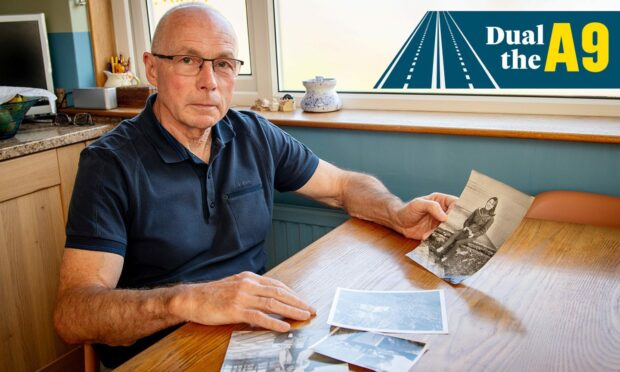
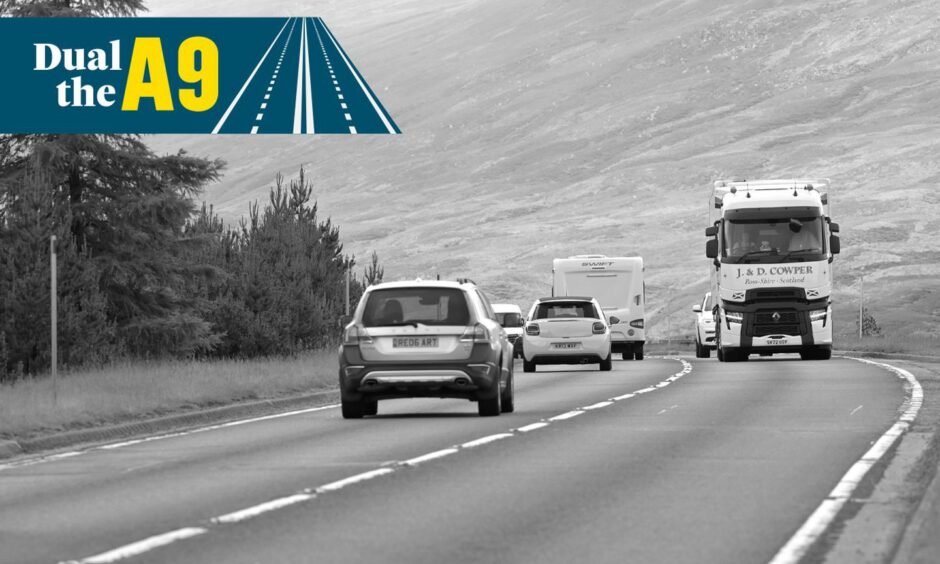

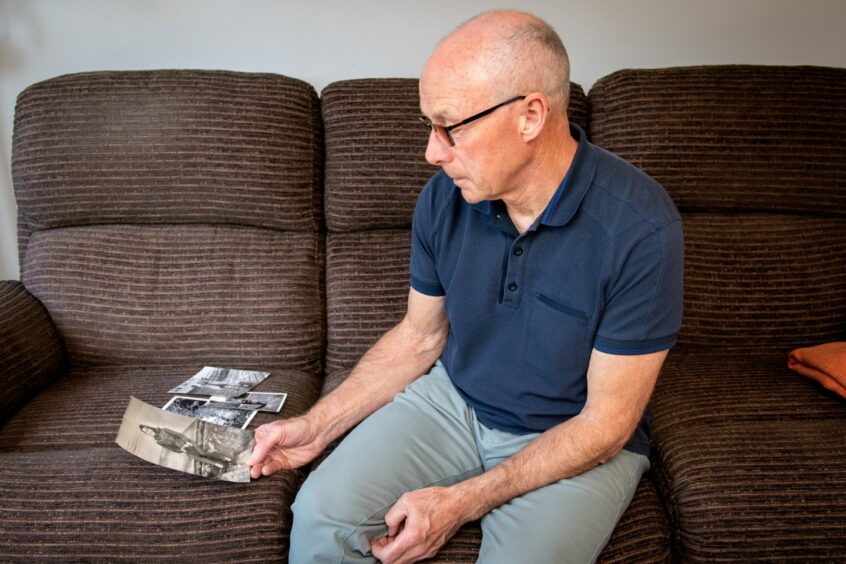
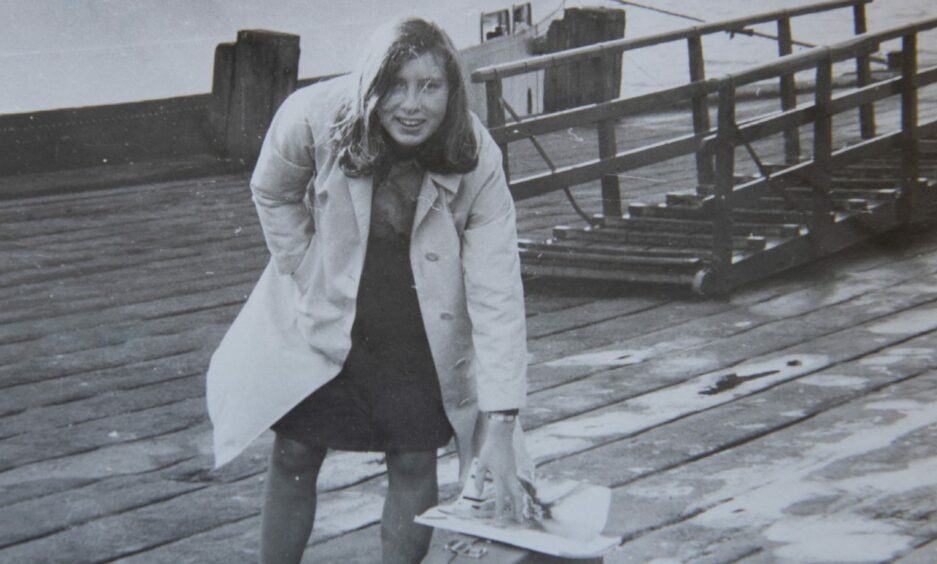
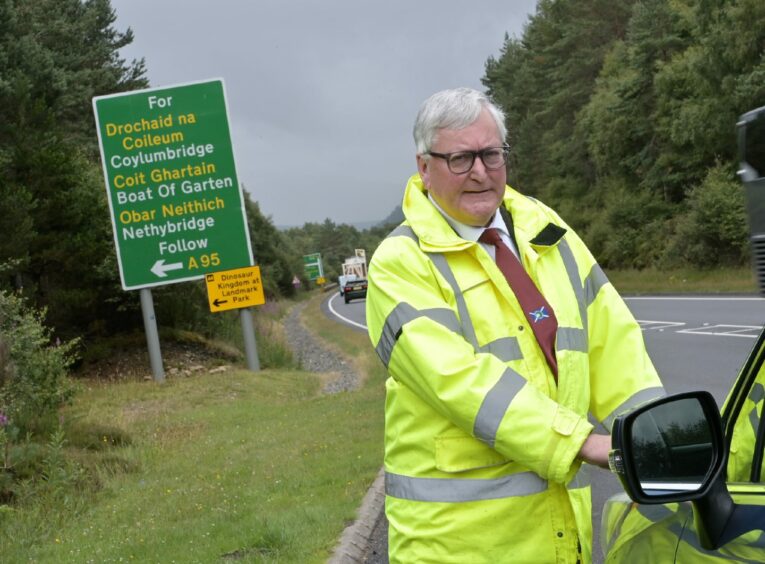

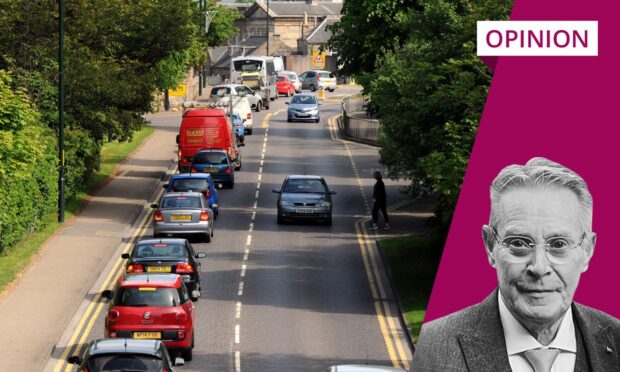
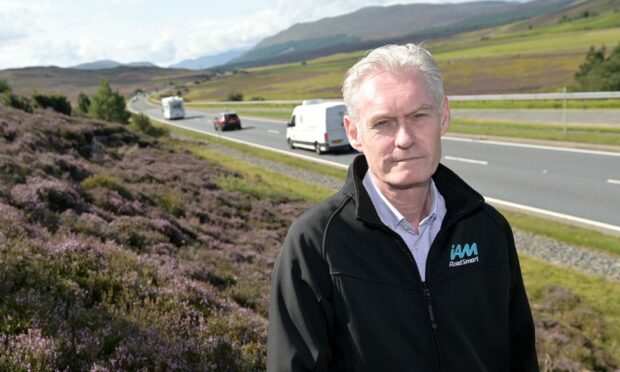
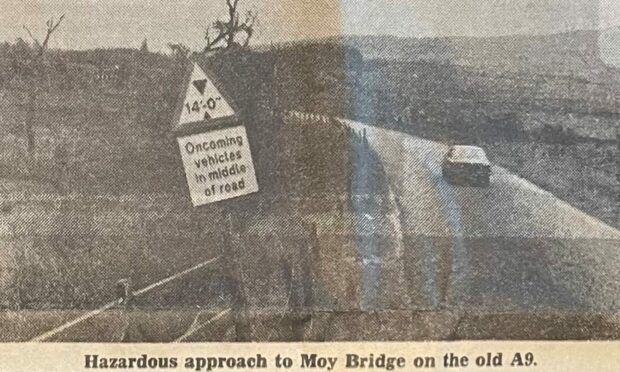
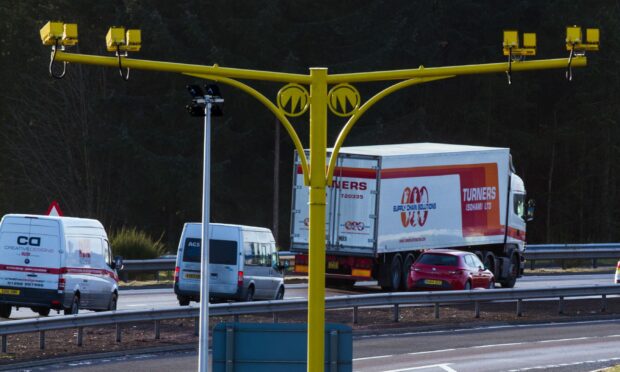
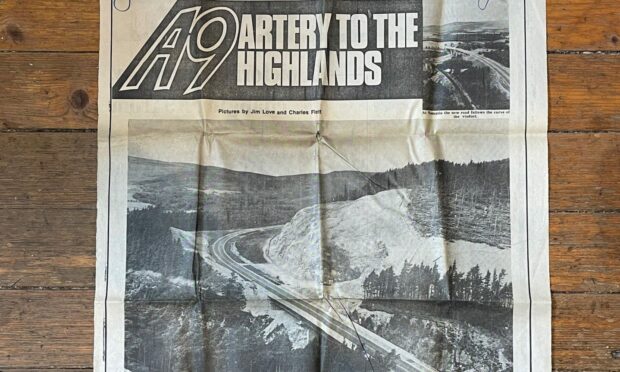
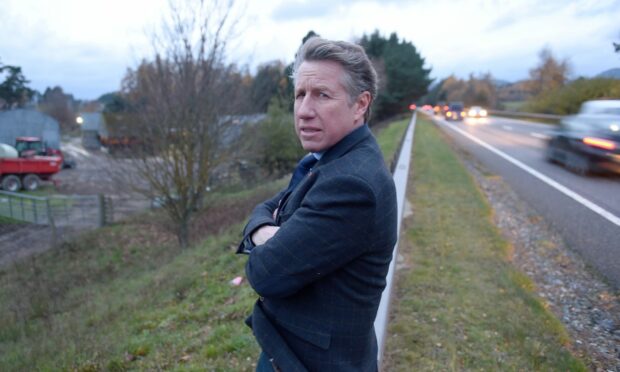

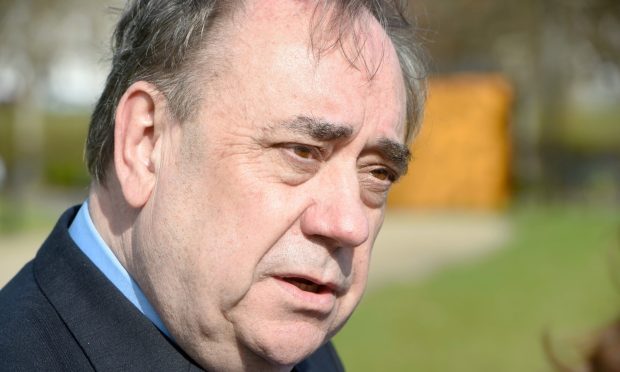

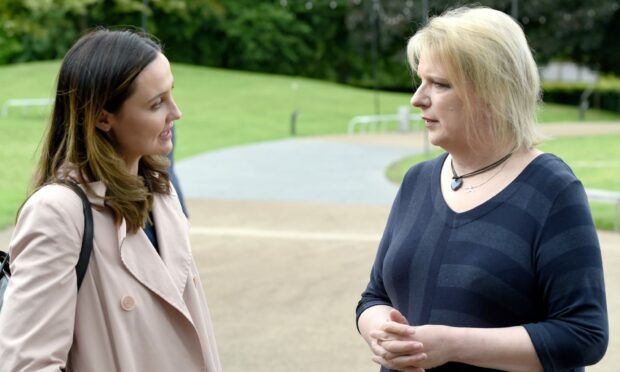
Conversation